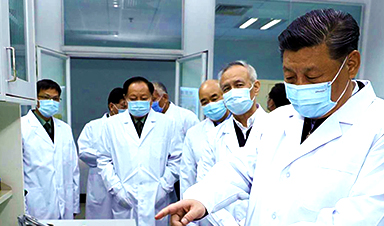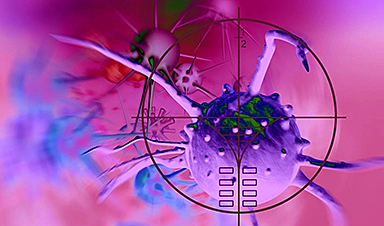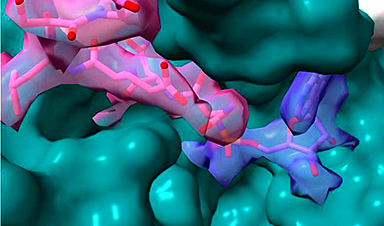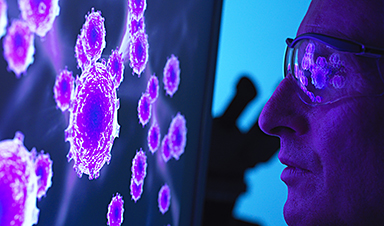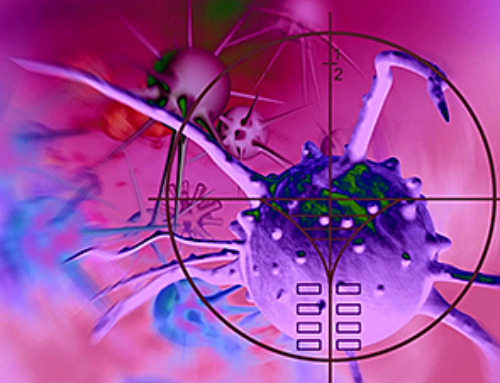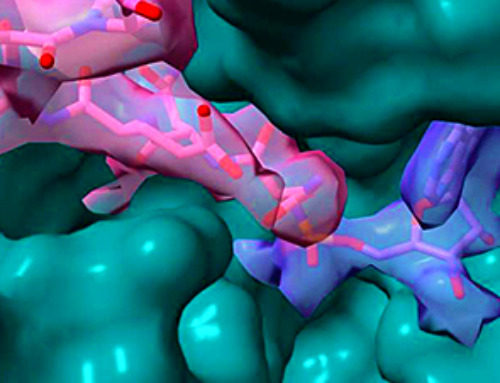Medical researchers with the Chinese army engineered mice with humanized lungs in 2019 to test viruses on them, it has been reported.
The mice, developed using CRISPR gene-editing technology, were mentioned in an April 2020 study which researched their susceptibility to SARS-CoV-2, the virus that causes the COVID-19 illness, Vanity Fair revealed in its bombshell investigation.
Of the study’s 23 co-authors, 11 of them worked for the Academy of Military Medical Sciences, the medical research institute for the Chinese army.
Investigators with the U.S. National Security Council, researching the origins of the pandemic, determined that the mice referenced in the study were created in the summer of 2019 – just months before the emergence of the pandemic.
The National Security Council investigators also reportedly believed they had ‘uncovered important evidence’ supporting the theory that COVID-19 had leaked from a lab and began reaching out to other federal agencies, Vanity Fair reported.
‘We were dismissed. The response was very negative,’ said Anthony Ruggiero, the a senior director at the National Security Council.
Shi Zhengli, the Wuhan Institute of Virology lead researcher on coronaviruses known as the ‘Bat Woman’ for her research on bat viruses, appears to have tested at least two novel coronaviruses on humanized mice in the last three years, Vanity Fair also revealed – citing comments she made to a scientific journal and grant information.
Shi has refuted claims that COVID-19 leaked from a lab at the Wuhan Institute of Virology and that the facility conducts military research.
However, Shi was interviewed in a Scientific American article, first published in March 2020, in which she recounted how she ‘frantically went through her own lab’s records from the past few years to check for any mishandling of experimental materials, especially during disposal.’
Shi was relieved when none of the genetic sequences from patients with COVID-19 matched those of the viruses her team had sampled from bat caves.
‘That really took a load off my mind. I had not slept a wink for days,’ Shi told the outlet.
In January, the State Department released a fact sheet slamming the Chinese Communist Party of ‘systematically’ preventing a ‘transparent and thorough investigation of the COVID-19 pandemic’s origin.’
The State Department acknowledged in the fact sheet at the time that the virus ‘could have emerged naturally from human contact with infected animals.’
‘Alternatively, a laboratory accident could resemble a natural outbreak if the initial exposure included only a few individuals and was compounded by asymptomatic infection,’ the fact sheet reads.
The State Department noted that the Wuhan Institute of Virology has ‘collaborated on publications and secret projects with China’s military’ while ‘presenting itself as a civilian institution.’
‘The WIV has engaged in classified research, including laboratory animal experiments, on behalf of the Chinese military since at least 2017,’ the sheet reads.
News
Nano-Enhanced Hydrogel Strategies for Cartilage Repair
A recent article in Engineering describes the development of a protein-based nanocomposite hydrogel designed to deliver two therapeutic agents—dexamethasone (Dex) and kartogenin (KGN)—to support cartilage repair. The hydrogel is engineered to modulate immune responses and promote [...]
New Cancer Drug Blocks Tumors Without Debilitating Side Effects
A new drug targets RAS-PI3Kα pathways without harmful side effects. It was developed using high-performance computing and AI. A new cancer drug candidate, developed through a collaboration between Lawrence Livermore National Laboratory (LLNL), BridgeBio Oncology [...]
Scientists Are Pretty Close to Replicating the First Thing That Ever Lived
For 400 million years, a leading hypothesis claims, Earth was an “RNA World,” meaning that life must’ve first replicated from RNA before the arrival of proteins and DNA. Unfortunately, scientists have failed to find [...]
Why ‘Peniaphobia’ Is Exploding Among Young People (And Why We Should Be Concerned)
An insidious illness is taking hold among a growing proportion of young people. Little known to the general public, peniaphobia—the fear of becoming poor—is gaining ground among teens and young adults. Discover the causes [...]
Team finds flawed data in recent study relevant to coronavirus antiviral development
The COVID pandemic illustrated how urgently we need antiviral medications capable of treating coronavirus infections. To aid this effort, researchers quickly homed in on part of SARS-CoV-2's molecular structure known as the NiRAN domain—an [...]
Drug-Coated Neural Implants Reduce Immune Rejection
Summary: A new study shows that coating neural prosthetic implants with the anti-inflammatory drug dexamethasone helps reduce the body’s immune response and scar tissue formation. This strategy enhances the long-term performance and stability of electrodes [...]
Scientists discover cancer-fighting bacteria that ‘soak up’ forever chemicals in the body
A family of healthy bacteria may help 'soak up' toxic forever chemicals in the body, warding off their cancerous effects. Forever chemicals, also known as PFAS (per- and polyfluoroalkyl substances), are toxic chemicals that [...]
Johns Hopkins Researchers Uncover a New Way To Kill Cancer Cells
A new study reveals that blocking ribosomal RNA production rewires cancer cell behavior and could help treat genetically unstable tumors. Researchers at the Johns Hopkins Kimmel Cancer Center and the Department of Radiation Oncology and Molecular [...]
AI matches doctors in mapping lung tumors for radiation therapy
In radiation therapy, precision can save lives. Oncologists must carefully map the size and location of a tumor before delivering high-dose radiation to destroy cancer cells while sparing healthy tissue. But this process, called [...]
Scientists Finally “See” Key Protein That Controls Inflammation
Researchers used advanced microscopy to uncover important protein structures. For the first time, two important protein structures in the human body are being visualized, thanks in part to cutting-edge technology at the University of [...]
AI tool detects 9 types of dementia from a single brain scan
Mayo Clinic researchers have developed a new artificial intelligence (AI) tool that helps clinicians identify brain activity patterns linked to nine types of dementia, including Alzheimer's disease, using a single, widely available scan—a transformative [...]
Is plastic packaging putting more than just food on your plate?
New research reveals that common food packaging and utensils can shed microscopic plastics into our food, prompting urgent calls for stricter testing and updated regulations to protect public health. Beyond microplastics: The analysis intentionally [...]
Aging Spreads Through the Bloodstream
Summary: New research reveals that aging isn’t just a local cellular process—it can spread throughout the body via the bloodstream. A redox-sensitive protein called ReHMGB1, secreted by senescent cells, was found to trigger aging features [...]
AI and nanomedicine find rare biomarkers for prostrate cancer and atherosclerosis
Imagine a stadium packed with 75,000 fans, all wearing green and white jerseys—except one person in a solid green shirt. Finding that person would be tough. That's how hard it is for scientists to [...]
Are Pesticides Breeding the Next Pandemic? Experts Warn of Fungal Superbugs
Fungicides used in agriculture have been linked to an increase in resistance to antifungal drugs in both humans and animals. Fungal infections are on the rise, and two UC Davis infectious disease experts, Dr. George Thompson [...]
Scientists Crack the 500-Million-Year-Old Code That Controls Your Immune System
A collaborative team from Penn Medicine and Penn Engineering has uncovered the mathematical principles behind a 500-million-year-old protein network that determines whether foreign materials are recognized as friend or foe. How does your body [...]
